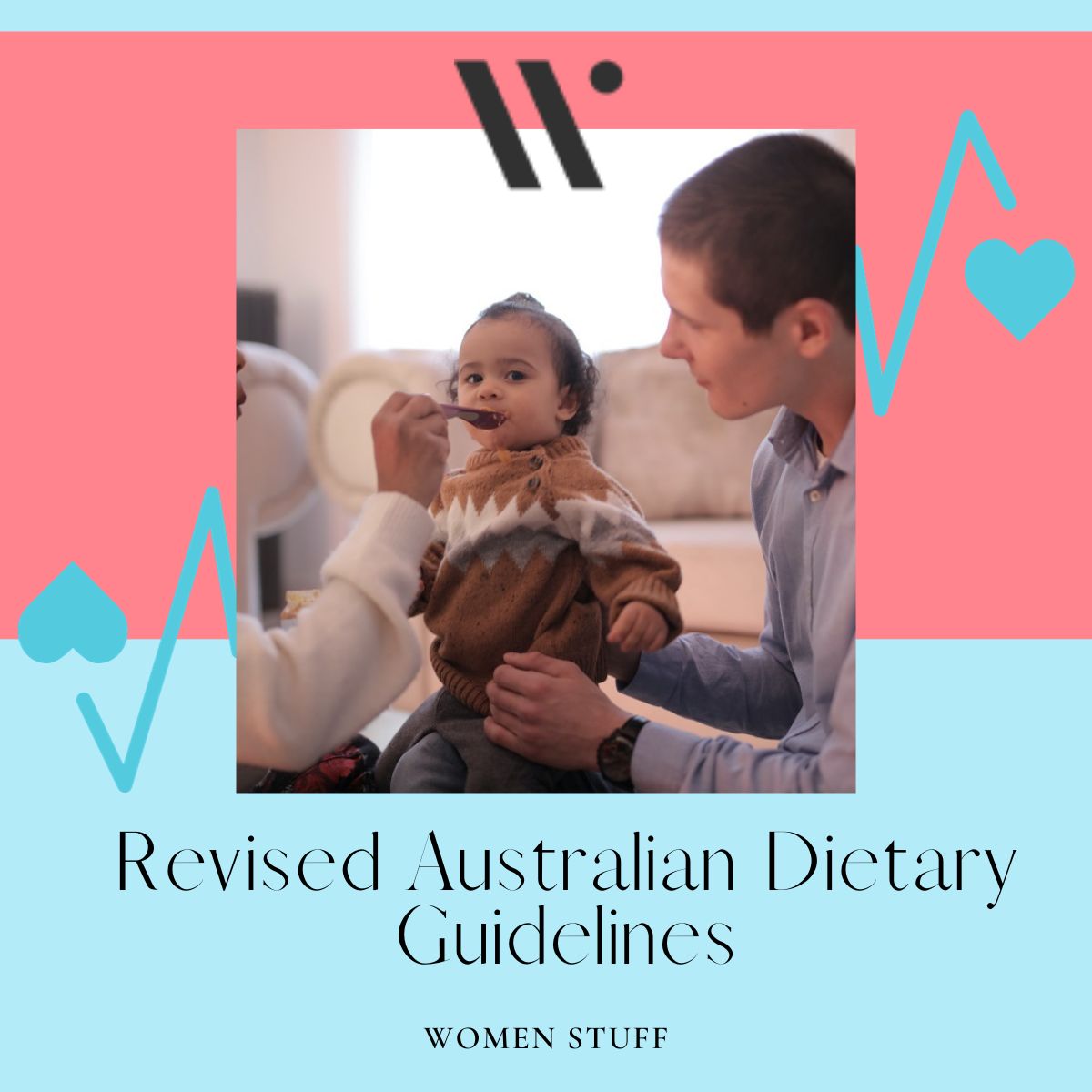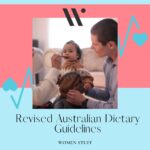
Revised Australian Dietary Guidelines
The revised Australian Dietary Guidelines were released last week. These guidelines have been updated from the 2003 edition. The National Health and Medical Research Council (NHMRC) consulted with a wide group of clinicians involved in all areas of nutrition, as well as women’s groups and industry, and the recommendations are based on scientific evidence and high-quality research.
It is well recognised that a healthy diet and lifestyle for all age groups is essential for good health and the prevention of illnesses, such as heart disease, type 2 diabetes, some cancers, and obesity.
For a full explanation and copies of all the recommendations for infants, children and adults go to:
http://www.eatforhealth.gov.au/
The website is packed with useful information, including recipes and eating plans.
Infant Feeding Guidelines:
Some of the changes in the latest Guidelines are:
The benefits of breastfeeding and the association between breastfeeding and a decreased risk of becoming obese in childhood, adolescence, and early adulthood are discussed.
Breastfeeding is recommended for the first 12 months of life, but iron-rich and iron-fortified foods are required at around 6 months. Continue to breastfeed while introducing solid foods.
Babies who are formula-fed, need infant formula, strictly prepared as per manufacturers’ instructions. Formulas based on soy and goats’ milk are not recommended for infants, unless on medical advice.
Solid foods need to be introduced to infants at around 6 months to meet nutritional requirements and decrease the risk of allergy.
There is no evidence to support delaying the introduction of solids until after 6 months of age to reduce the risk of allergic symptoms/atopic disease.
Start with small quantities of iron-fortified cereal or pureed foods on a spoon.
Babies may need to be offered foods many times before they learn to like them.
Offer a variety of foods from all five food groups, and vary the texture according to the developmental age of the baby. During the 6-12month period, infants should move from pureed to lumpy and normal textures.
Foods can be introduced in any order provided iron-rich foods are included.
Do not add salt to food for infants, as infants’ kidneys are immature and unable to excrete excess salt.
Avoid juices and sugar-sweetened drinks. Limit intake of all foods with added sugars.
Avoid nutrient-poor foods, which are high in saturated fats, sugars, and salt.
Restriction of fat is not recommended in the first 2 years of life, as it may reduce the intake of energy and essential fatty acids, which may have an adverse effect on growth, development, and the myelination of the nervous system. Full-fat dairy products can be offered.
http://www.eatforhealth.gov.au/sites/default/files/files/the_guidelines/n55e_infant_brochure.pdf
After 12 months
Offer pasteurised full cream milk for the first 2 years of life. Do not use unpasteurised cow or goats’ milk.
Low fat and reduced-fat milks (skim milk and milk with 2-2.5% fat) are not recommended in the first 2 years of life.
Toddler milks and special and/or supplementary foods for toddlers are not required for healthy children.
Milk and other drinks should be offered in a cup, rather than a bottle.
http://www.eatforhealth.gov.au/





